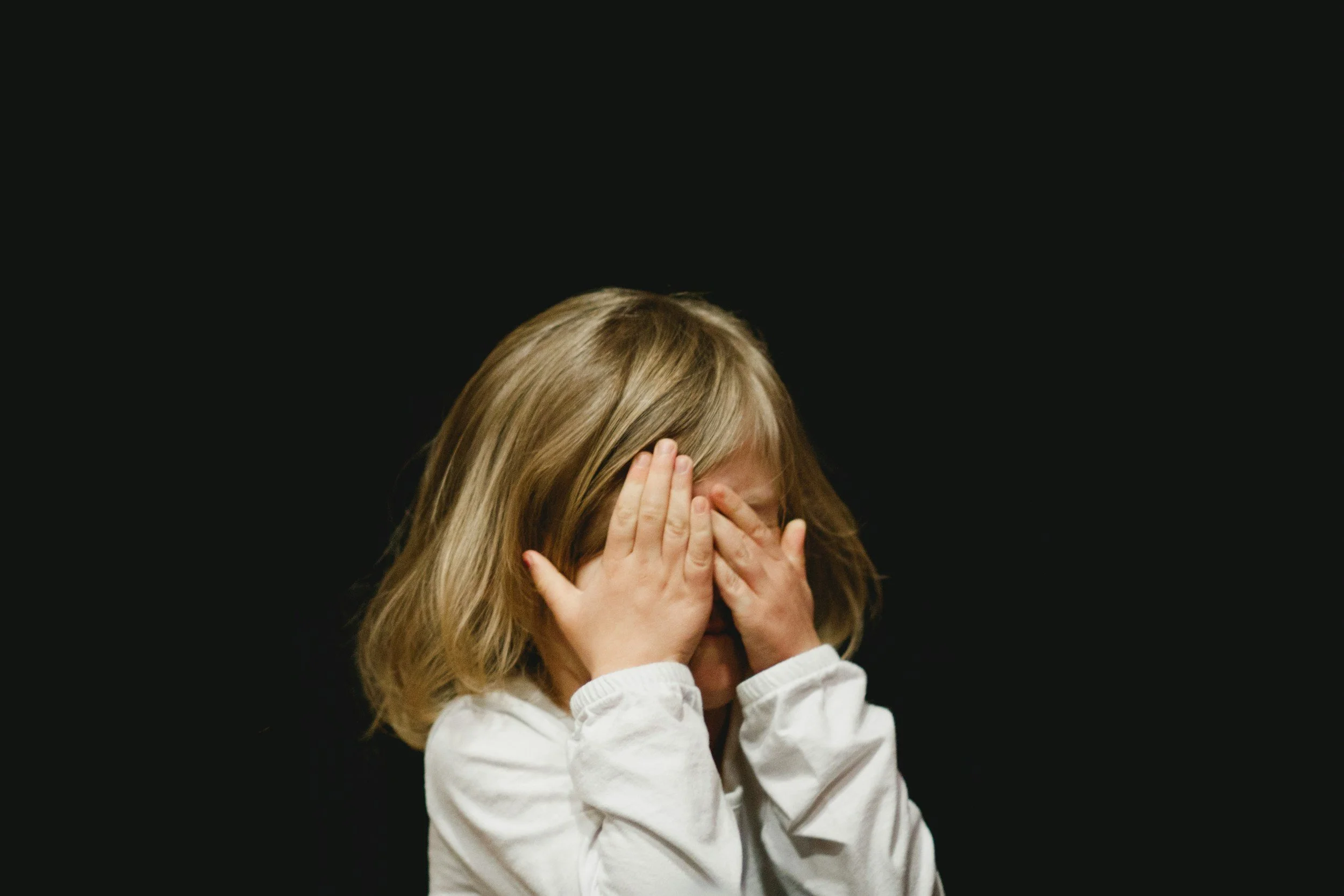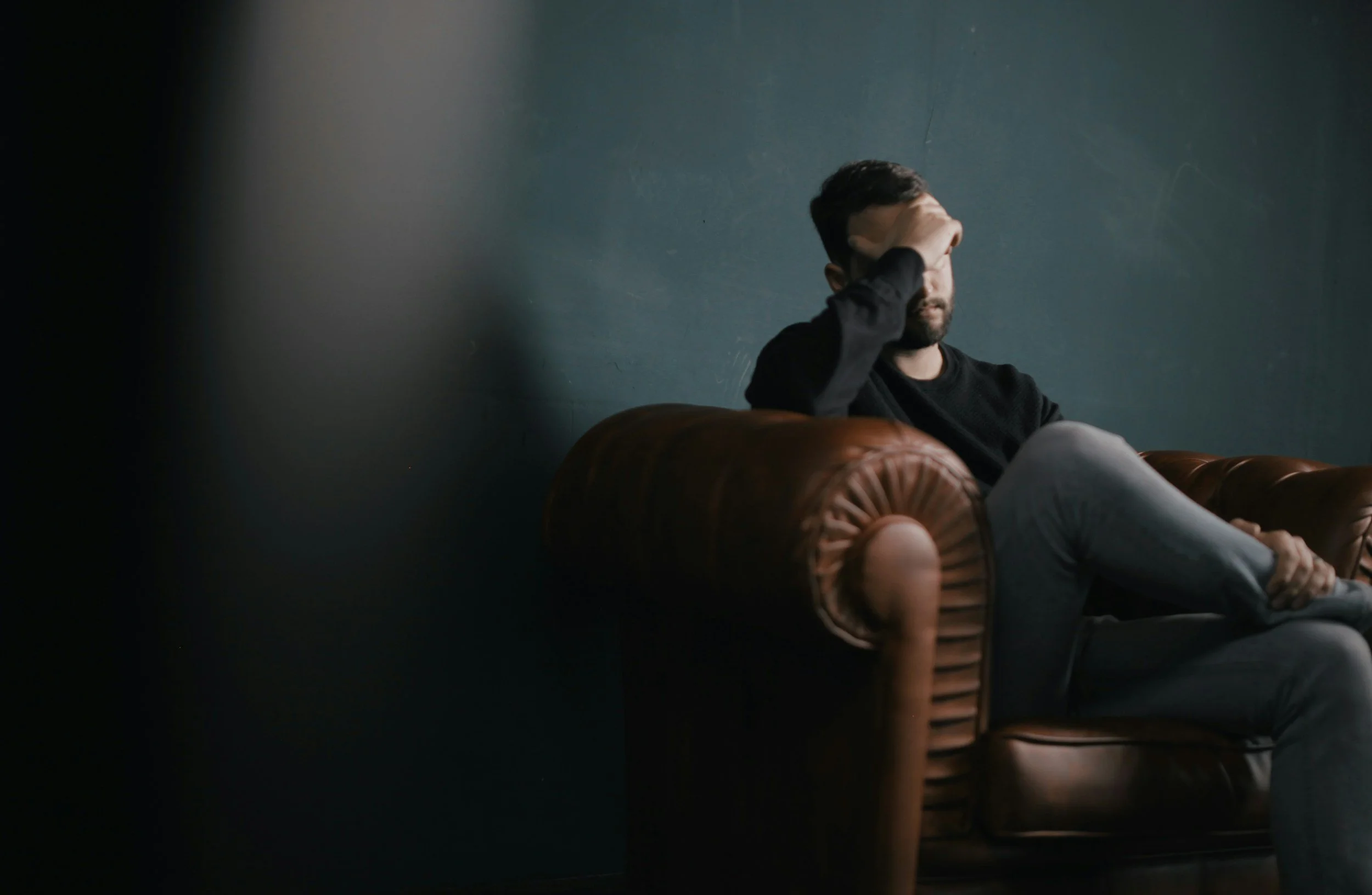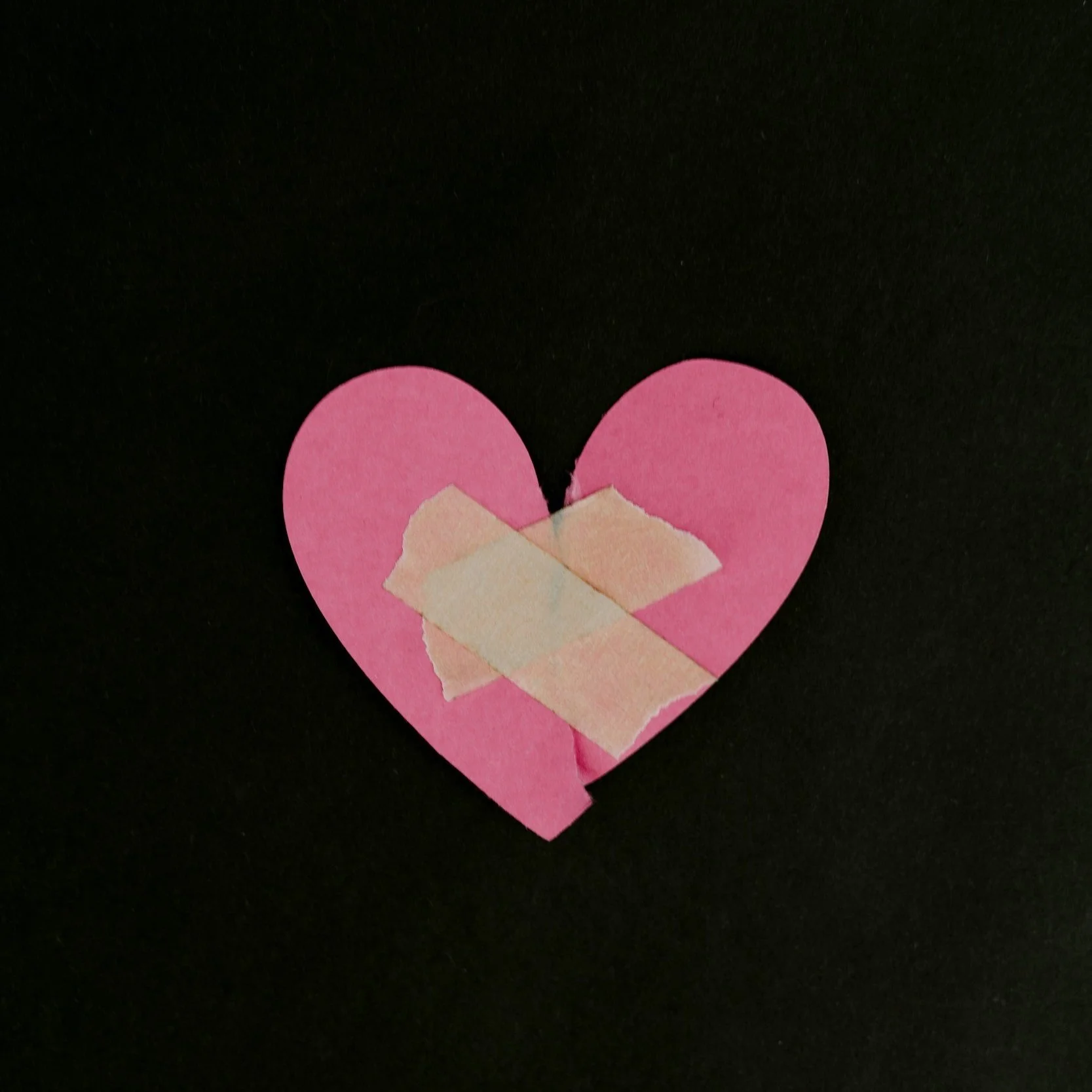How to Heal Childhood Wounds and Build Secure Attachment
Ever wonder why you keep repeating the same patterns in relationships? Learn how childhood wounds can shape adult dynamics and how to begin breaking the cycle.
Why We Repeat What We Don’t Remember
Have you ever reacted to your partner in a way that surprised even you? Maybe you shut down during conflict, felt panicked at the idea of being left out, or became overly accommodating just to keep the peace. Often, these patterns aren’t random but rooted in our earliest emotional experiences.
You may ask the question:“Why do I keep ending up in the same dynamic?” The answer often lies in the past.
What Are Childhood Wounds?
Childhood wounds aren’t always dramatic or obvious. Sometimes they come from:
Emotional neglect (feeling unseen or unheard)
Inconsistent caregiving (sometimes warm, sometimes withdrawn)
Having to grow up too fast (parentification)
Being punished for expressing needs or emotions
Experiencing conditional love or approval
These early emotional experiences can shape how we relate to others and to ourselves.
How Childhood Wounds Show Up Later
Unhealed childhood wounds often show up as emotional patterns in adult relationships. You might notice yourself:
Avoiding conflict at all costs, even when something bothers you
Over-explaining or apologizing, fearing that you’ll be misunderstood or rejected
Needing constant reassurance but feeling embarrassed to ask for it
Becoming defensive or shutting down when you feel criticized
Feeling “too much” or like you’re always a burden
Clinging to unhealthy relationships, fearing abandonment more than unhappiness
These responses aren’t weaknesses. They’re survival strategies that once helped you feel safe and they’re still doing their best to protect you now.
Attachment Styles: A Clue from the Past
One of the most common ways childhood wounds show up in relationships is through attachment styles or the emotional blueprint we develop for how closeness and connection feel.
Anxious Attachment
Fears abandonment
Seeks constant reassurance
May become overly preoccupied with relationships
Avoidant Attachment
Fears being overwhelmed or engulfed
Values independence to a fault
May struggle to express emotions
Disorganized Attachment
A mix of anxious and avoidant traits
May crave closeness but fear it at the same time
Secure Attachment (the goal!)
Can express needs clearly
Feels safe with both closeness and space
Resolves conflict without fear of losing the relationship
While attachment styles aren’t permanent labels, they can help us understand why we react the way we do and what healing might look like.
Conflict Style: Another Mirror
Childhood wounds also influence how we show up during conflict. If expressing needs or disagreeing led to punishment, disconnection, or emotional withdrawal in childhood, you may now:
Avoid conflict entirely
Become overly agreeable
Overreact or become combative to protect yourself
The goal isn't to judge your responses, but to gently recognize where they come from.
How to Begin Healing These Patterns
You’re not broken. You’re just human who had a childhood in which you adapted to keep yourself emotionally safe. But you deserve relationships that feel safe, connected, and mutual.
Here’s where you can start:
1. Notice the Pattern: Insight, Awareness, and Action
Insight is the first step. Ask yourself:
When do I feel most triggered in relationships?
What emotion or fear tends to show up repeatedly?
2. Trace It Back
Does this dynamic remind you of anything from childhood? Were you praised for being “easy” or punished for showing anger or sadness? Take note of how these patterns may show up in your conflicts or emotional reactions. Catching yourself in the moment and bringing awareness to the behavior can help us to focus in on what you want to change.
3. Offer Compassion to Younger You
The part of you that’s reacting now was formed a long time ago. Try saying: “I see why this feels big. But we’re safe now.”
4. Action: Practice New Behaviors
Change doesn’t happen overnight. Start small:
Express a need, even if it feels vulnerable
Pause before shutting down during conflict
Give yourself the reassurance you’re seeking from others
5. Get Support
Working through attachment wounds and long-held patterns is deep, brave work. Therapy provides a space to explore these dynamics with care and consistency.
You’re Allowed to Heal
You don’t have to keep repeating patterns that no longer serve you. You don’t have to be stuck in the same dynamics, the same self-blame, the same story. You deserve relationships that feel safe, mutual, and real, starting with the one you have with yourself.
At The Therapy Group, we support clients in recognizing how the past is shaping the present and how to gently create space for a new future. If you're ready to dig into these patterns and feel more supported, schedule your free 15-minute consultation with The Therapy Group today.






